Space Technology Hall of Fame
Industrial Productivity/Manufacturing Technology
Beowulf Computing Cluster
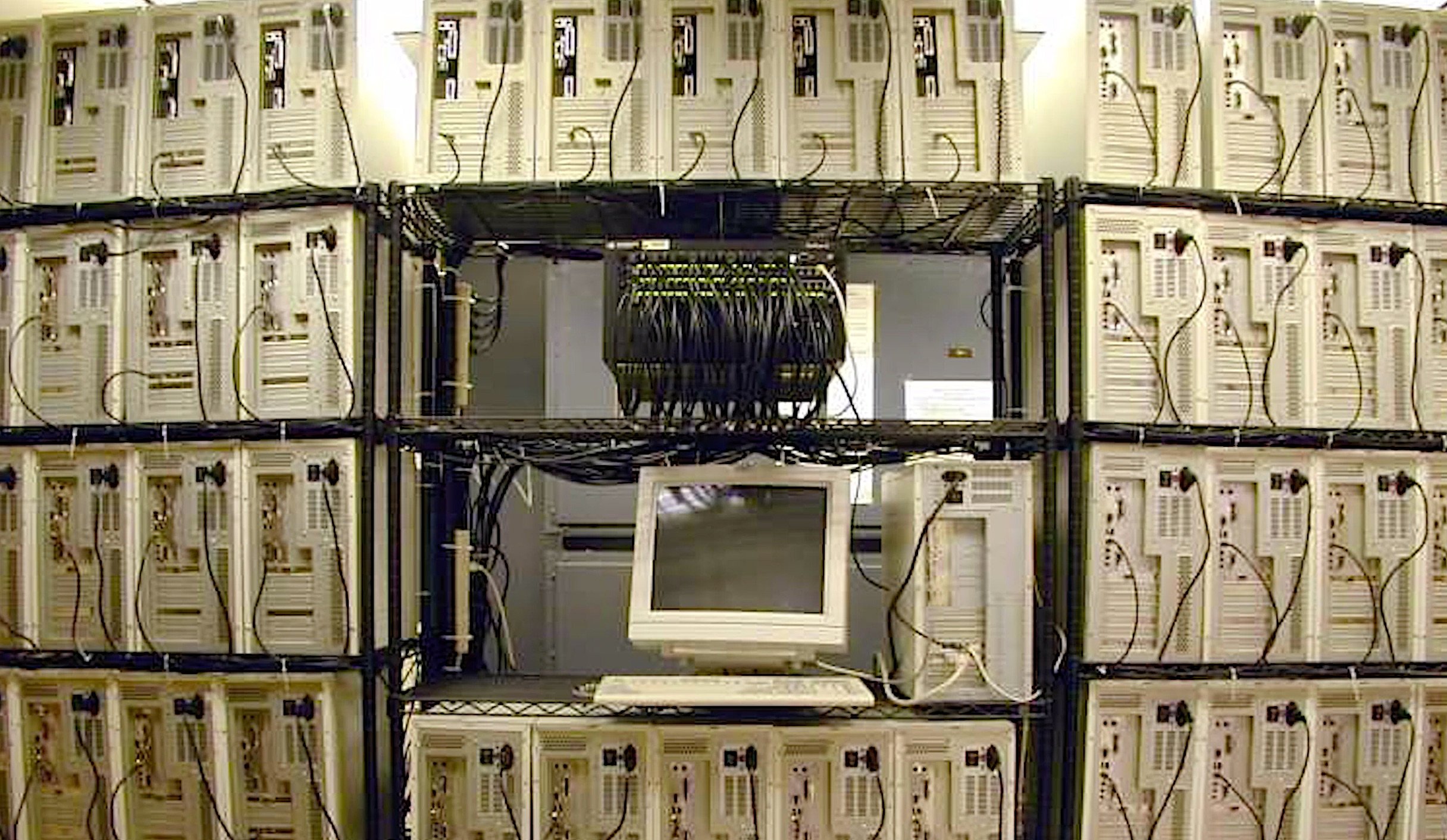
A Beowulf Computing Cluster is a grouping of off-the-shelf computer hardware networked together with fast communication software. The resulting parallel processing power of the collection generates processing speeds faster than most super-computer systems used for complex processing – at a fraction of the cost. In the mid-90’s however, such a configuration didn’t seem very advantageous.…
CubeSats
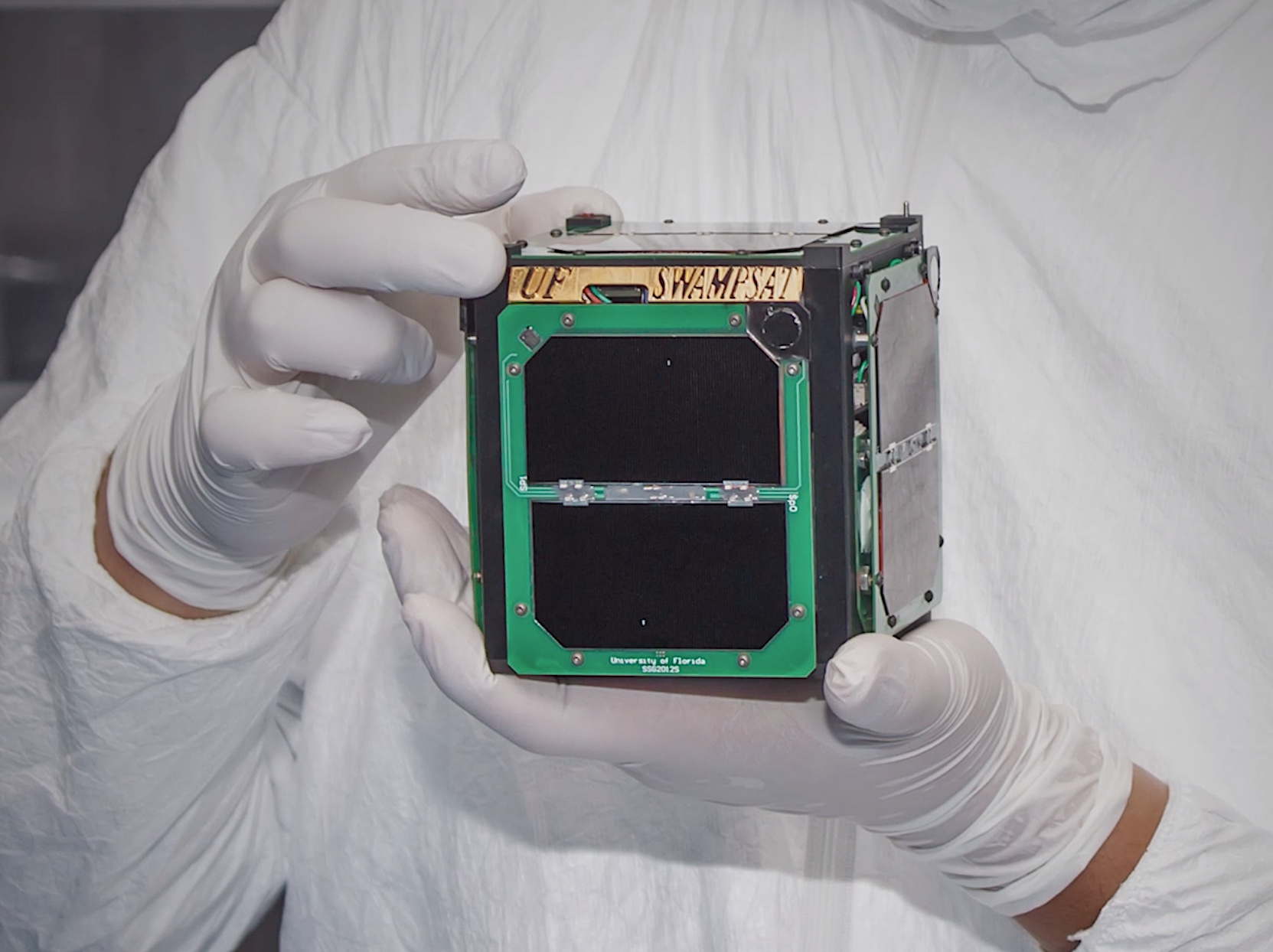
The origin story of the CubeSat idea is clear-cut and well-known. It was conceived by two engineering professors as a teaching tool for students to get hands-on experience with satellite functionality. In the 1990’s Professor Robert Twiggs was teaching engineering students at Stanford. At the time, he had them designing and building small satellites (roughly…
Protective Coating for Ceramic Materials
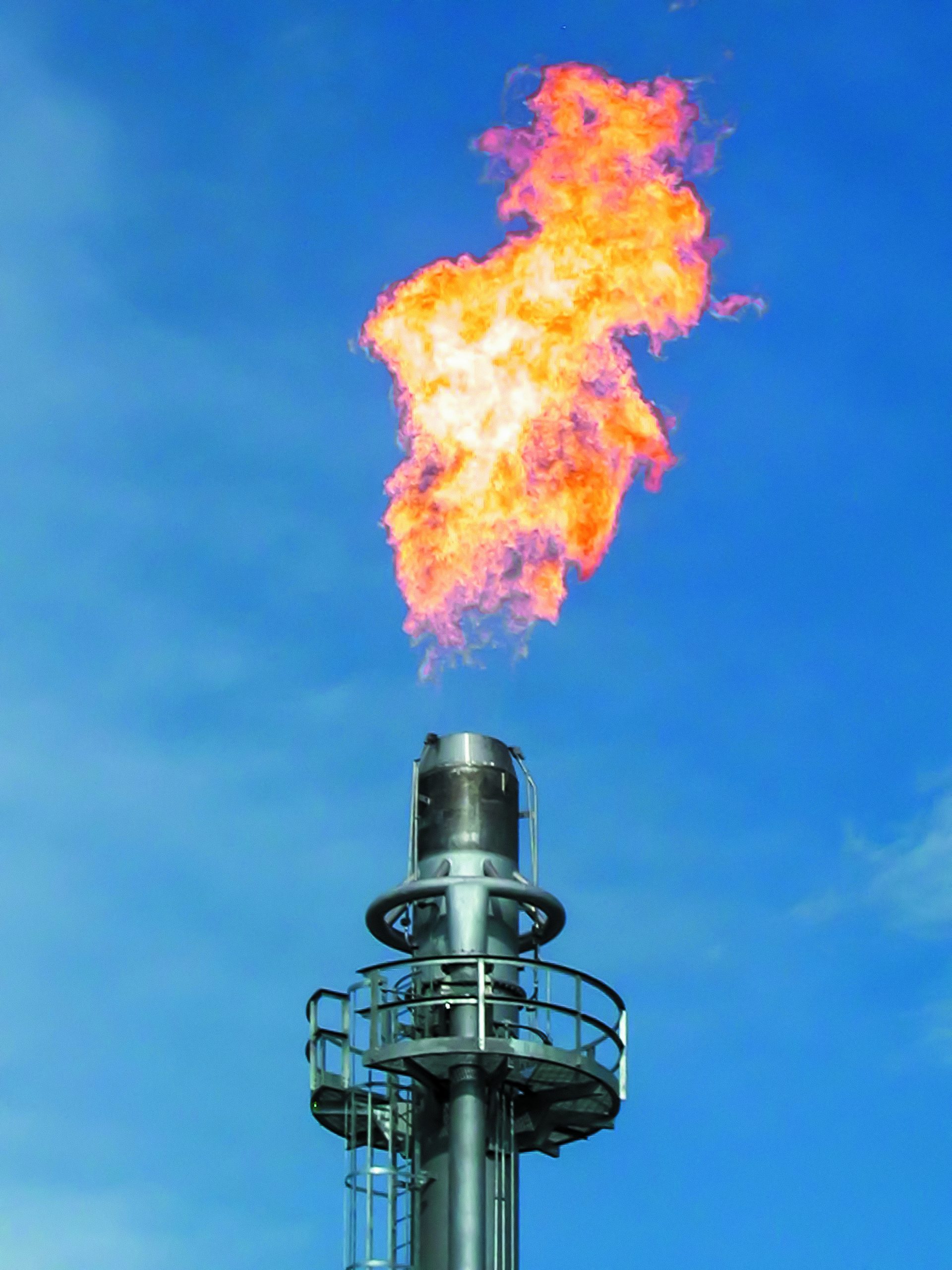
Researchers at Ames had devised a silicon-based compound as part of the development of the X-33 and X-34 prototype planes. These planes were projected to fly at 15 times the speed of sound. The friction from these super-sonic speeds would produce extremely high temperatures on the airplanes surface, so a protective coating was needed to…
High-Strength, Wear Resistant Aluminum Alloy (NASA 398)
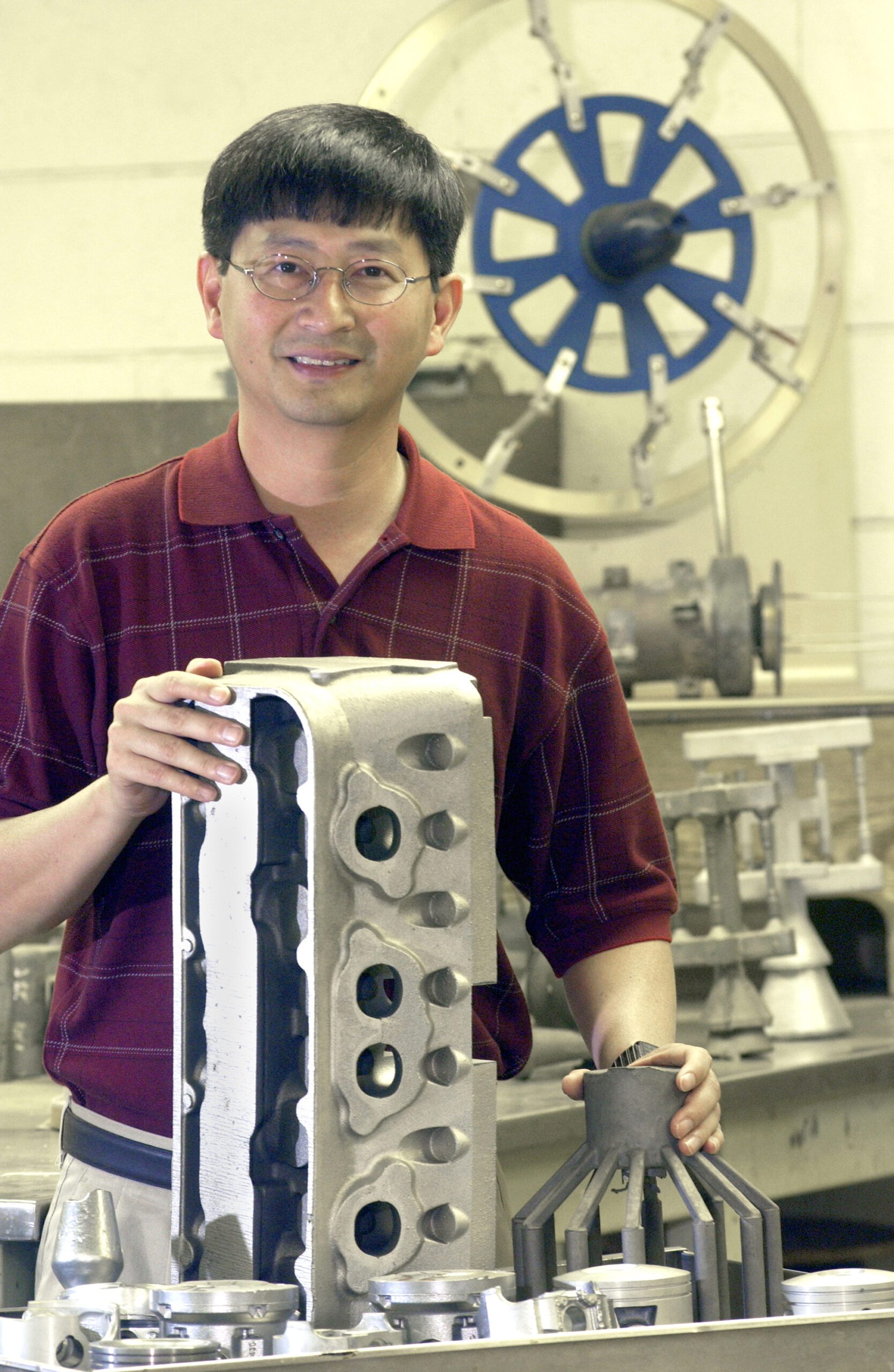
Light weight alloy technology with proven durability, longevity and reduced environmental impact In 1993, the Partnership for Next-Generation Vehicles (PNGV) brought together federal laboratories, universities, automakers and other industry partners, with the common goal of increasing automotive fuel efficiency and reducing environmental impact. Towards this end, NASA Marshall Space Flight Center began work on its…
PMR-15 Polymide Resin
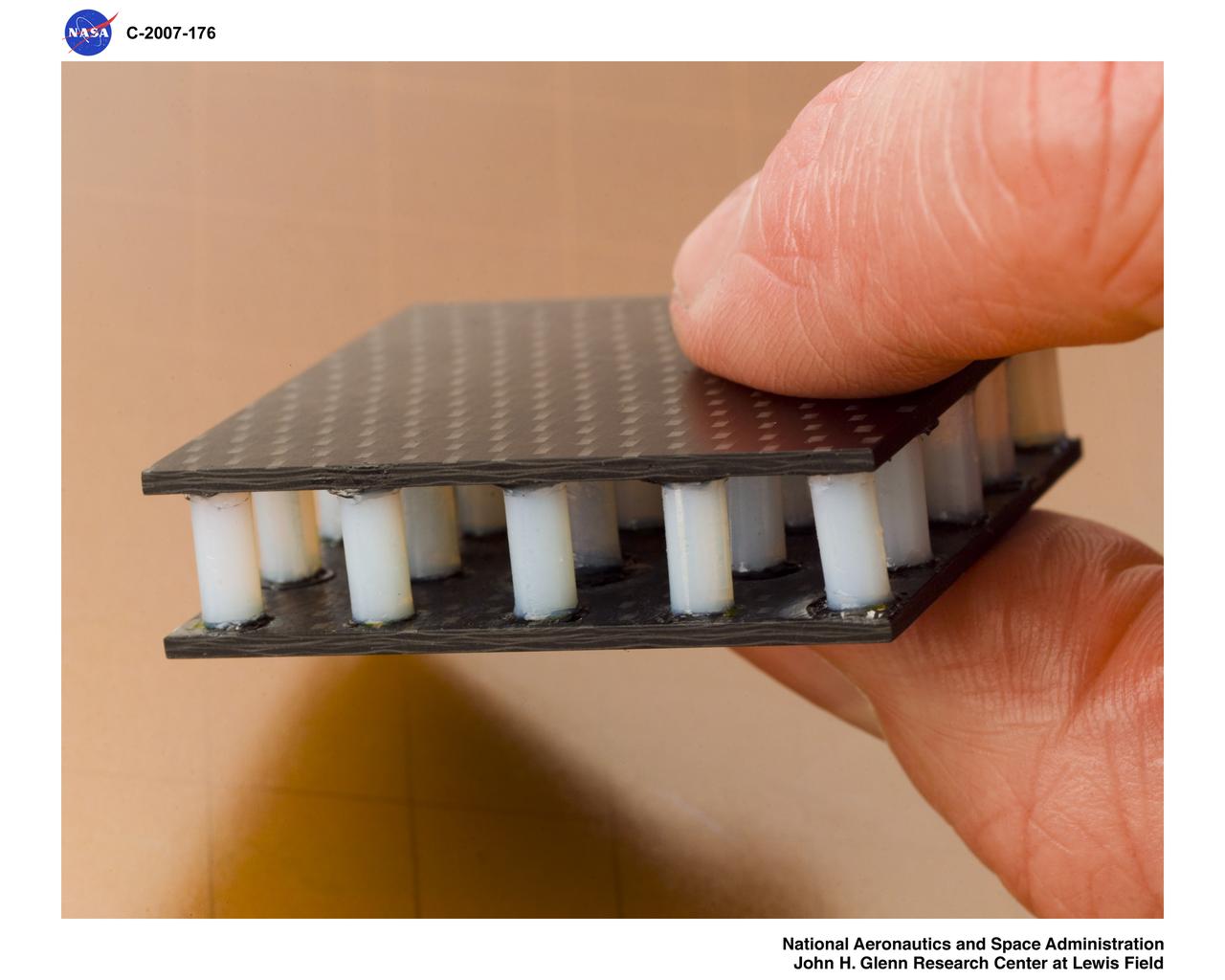
During the 1960s, research on protective coating materials at NASA’s Lewis Research Center demonstrated that a class of polymers known as condensation polymides could be fabricated into lightweight fiber reinforced plastics. These materials were capable of withstanding temperatures up to 6000 F for thousands of hours but were not initially easily utilized. Lewis researchers, led…
Miniature Accelerometer
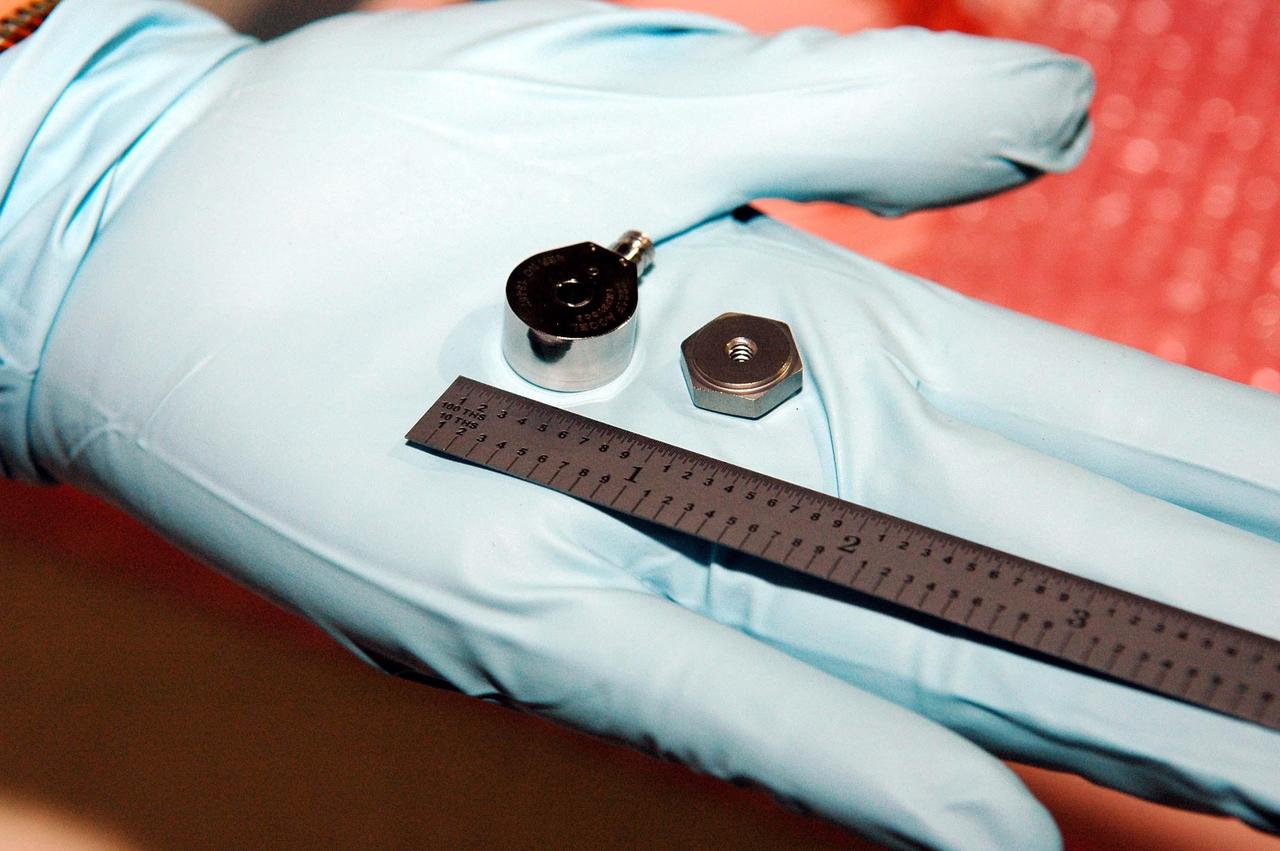
About one decade ago, the Ballistic Missile Defense Organization (BMDO), then the Strategic Defense Initiative Organization, funded Silicon Designs to develop radiation-hardened accelerometers for kinetic energy vehicles to measure the change in velocity resulting from rocket motor firings that occur while changing trajectory. Smaller than a person’s thumbnail, these devices have very low power requirements…
Multi-Junction (MJ) Space Solar Cells
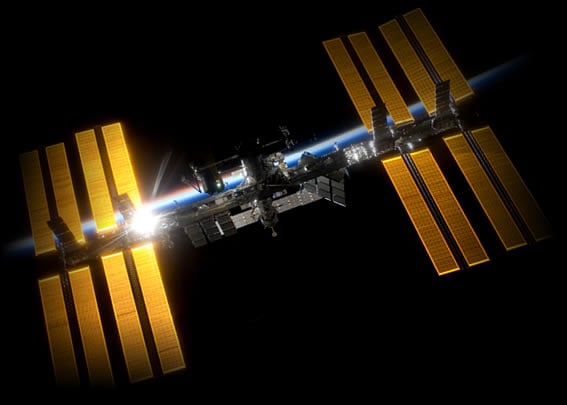
Responding to the need for higher efficiency solar cells, the Air Force Research Laboratory sponsored research and development efforts to produce high efficiency multi-junction space solar cells. MJ solar cell technology provides a direct replacement for lower efficiency single-junction cells. The end results are reduced space mission life-cycle costs, reduced customer costs for telecommunication, weather…
Real-Time Kinematic (RTK) AutoSteer
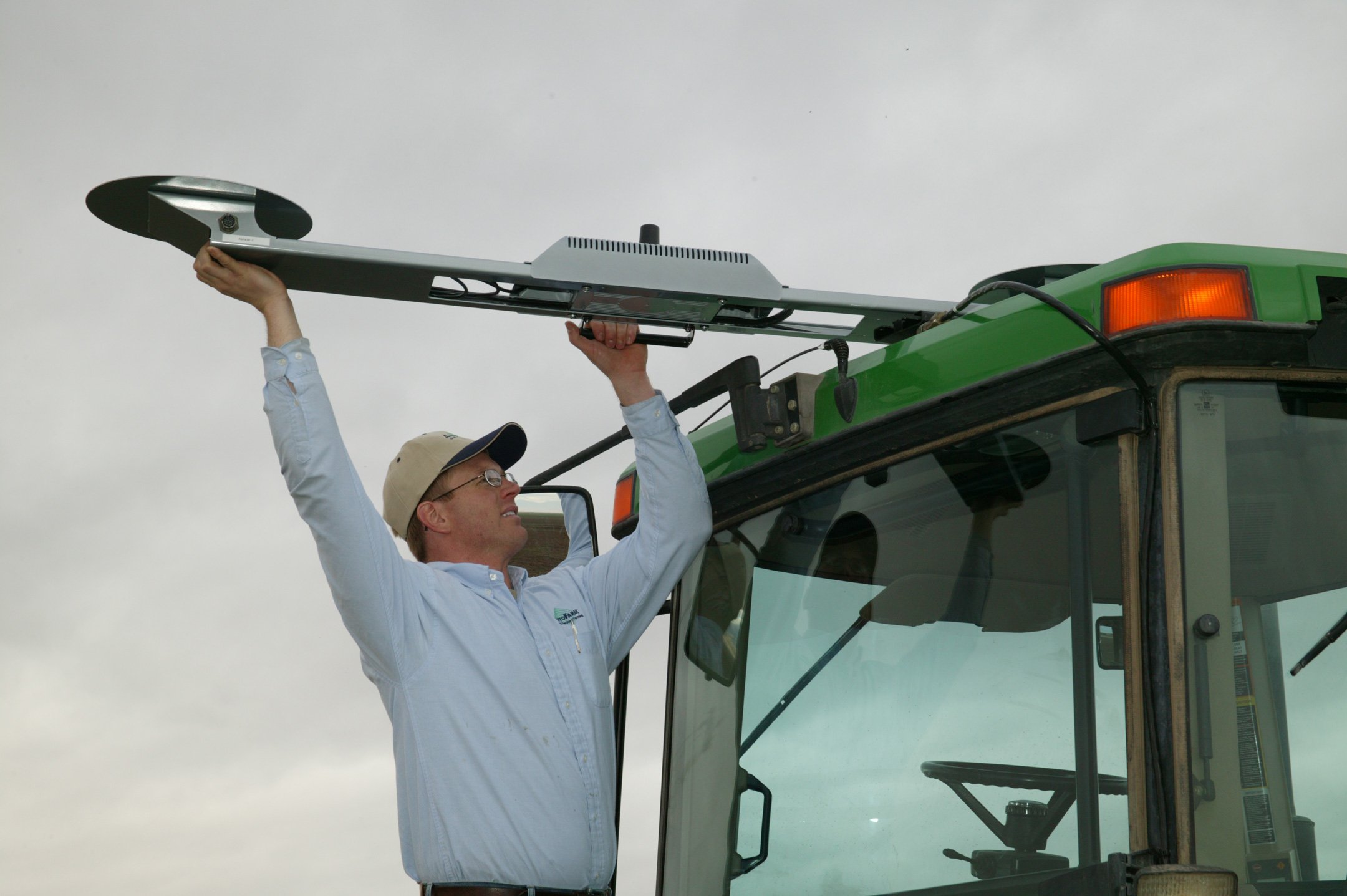
Improved Global Positioning System (GPS) technology developed to help the Gravity B Probe test Einstein’s theories has found its way into farming here on Earth. This technology called RealTime Kinematic (RTK) GPS, provided the tools to develop the first auto steered tractor. Today RTK AutoSteer technology robotically controls farm tractors to ensure straight, repeatable crop…
Flexible Aerogel Insulating System
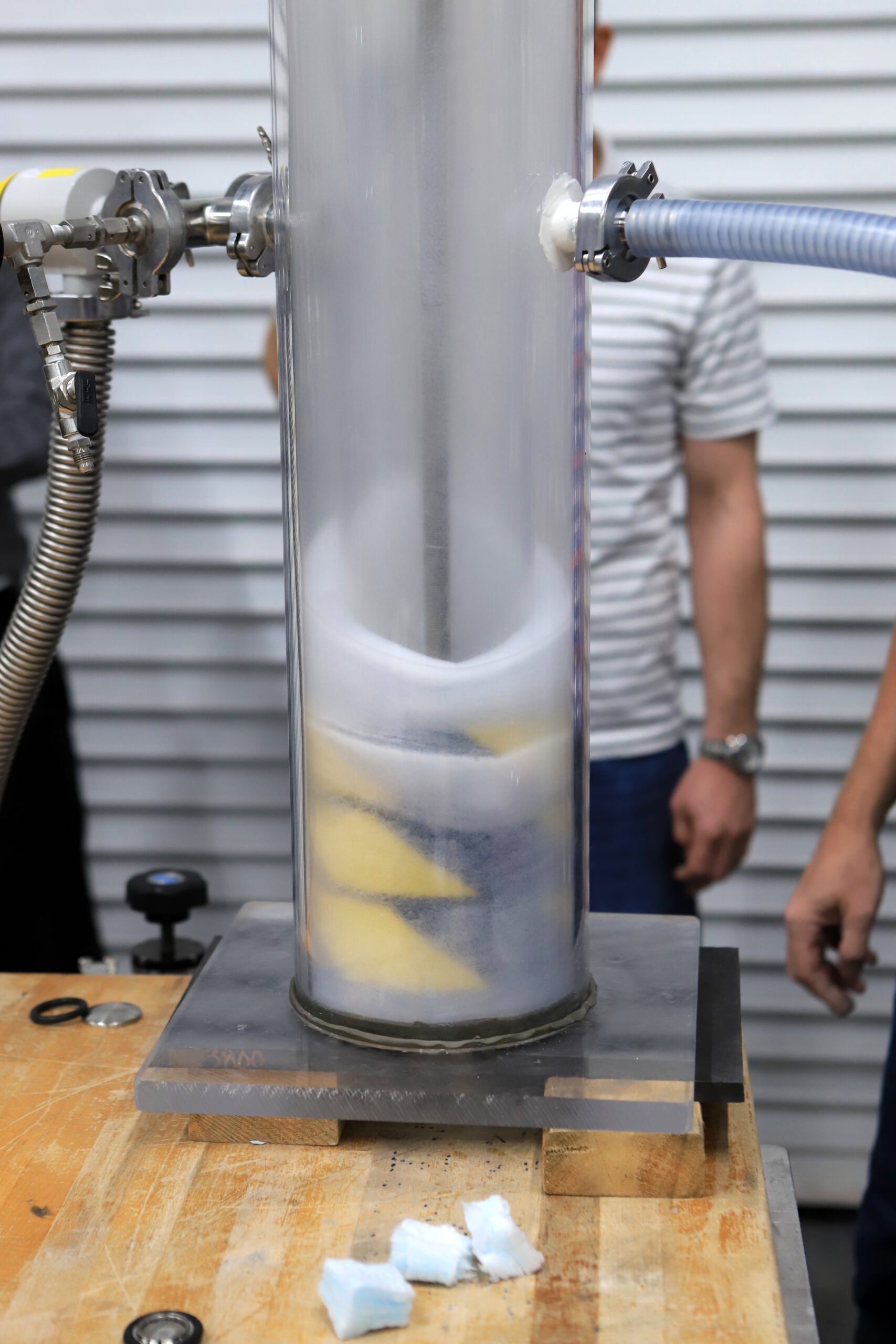
Flexible aerogels were originally developed to serve as a barrier to the extreme temperatures that occur during rocket launches and that affect spacecraft as they are exposed to both high heat and severe cold. Because the initial silica aerogels were fragile and expensive, NASA contracted with James Fesmire, senior principal investigator of the Cryogenics Test…
